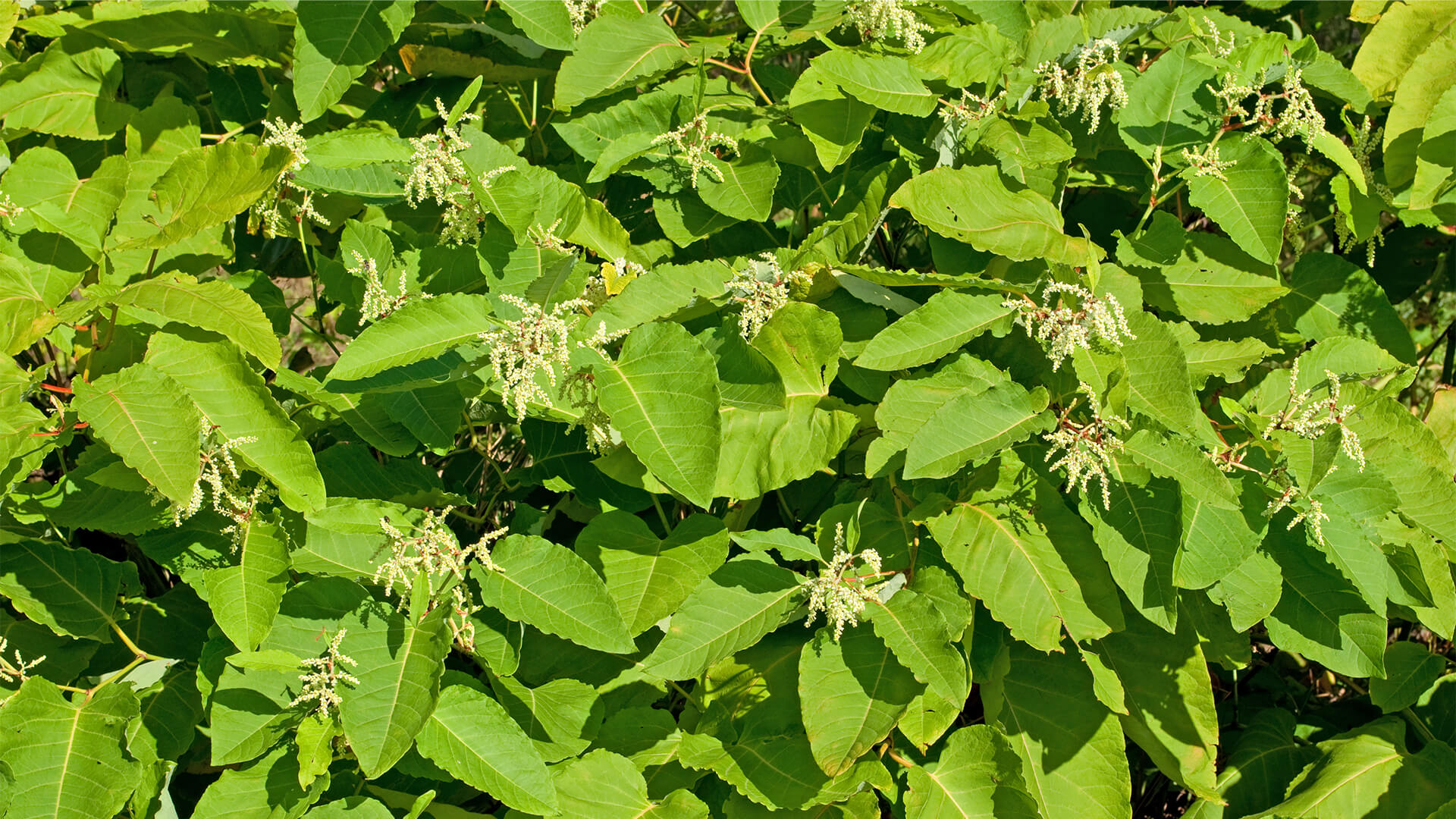Invasive Exotic Species
Our solution the MowHawk is a smart camera system on a roadside mower to analyze the grass clippings for invasive exotics, among other things. Invasive exotics are plants that do not originally occur in their current habitat. They have been (unwittingly) taken by humans to a new habitat. For example, they came along with the transportation of goods, by tourists or by explorers in a previous century because the plant was considered special. Bringing an exotic as a tourist, for example, is not very complicated; often the seeds have become attached to a shoe sole or a product from the country of origin. Once that seed then lands here in the Netherlands on a green surface it will become established. Because these species do not naturally occur here, there is also no natural protection present in the form of enemies. Also, an exotic species is able to adapt to its new environment, which is why it is called invasive. By adapting, the invasive exotic species can ground itself in new territory and thus spread.
Nuisance from Exotics
In recent years, invasive exotic species have become increasingly widespread in the Netherlands and, partly due to climate change, they have grown stronger. This makes it very difficult to control them, take the Giant hogweed, for example. This exotic species originated in the Caucasus and was brought to the Netherlands about 200 years ago as a plant for gardens and orangeries. The Giant hogweed can grow up to four meters tall and therefore takes away light from other plants. Partly because of this and because it causes severe skin irritation when one comes into contact with it, this plant causes quite a nuisance. In addition, the seeds of the Giant hogweed can still germinate several years later, so simply removing the plant is not enough. Thus, when fighting the plant, protective suits should be put on and the roots should be removed properly.
List of Invasive Exotics
Since 2016, there is also a list of invasive exotic species where there is a European ban on possession, purchase and sale, transportation and promotion of invasive exotic species. This list was created to prevent these plants from spreading further within the European Union, affecting nature, biodiversity and ecosystems. Some are also harmful to human health, where they can cause allergic reactions and skin irritations. More and more exotics are expected to be added to this list in the coming years.
The Role of MowHawk
Part of the MowHawk's role with respect to invasive exotics comes from the fact that the MowHawk mows natural roadside grass, which includes invasive exotics. This affects the roadside grass clippings that remain as a residual product, because the invasive exotics make it non-reusable and therefore not circular. By detecting invasive exotics, the composition of roadside grass clippings can be classified, processed more highly and used in a circular way. It also allows for elimination, as they can be processed in a separate cut. Lastly, the detection data can be used to implement effective measures to reduce invasive exotic species to restore biodiversity and nature.
